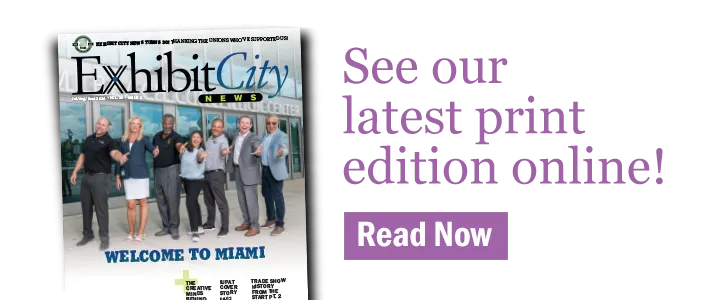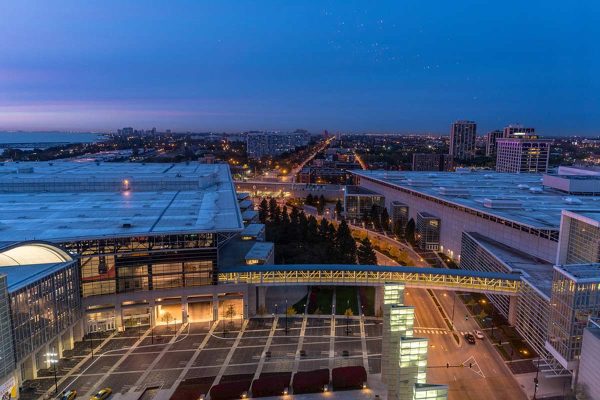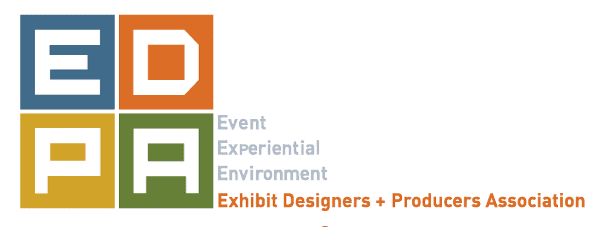Increasingly causing interruption to dialogue between the government and private sector are high auxiliary costs, which are affecting attendance at conferences and tradeshows throughout the industry.
The June CEIR Index, a report that provides exhibition industry performance across 14 key industry sectors, attributed a 0.2 percent decline in attendance to business-to-business exhibitions to the weakness of government-employee participation. Also impacting government employees’ participation in exhibitions was the March 2013 implementation of federal budget cuts known as sequestration.
“Federal agencies were under orders to reduce spending on travel and conferences, and that was already having a detrimental impact on many conferences where there had historically been strong government attendance,” said Chris Vest, director of public policy, American Society of Association Executives (ASAE), a membership organization and voice of the association profession.
Many government conferences were heavily condemned in the media, highlighting why some of the budget cuts were taking place. After hearing allegations the Internal Revenue Service (IRS) spent $4 million on a 2010 conference in Anaheim, Calif., the U.S. Dept. of Treasury commenced an audit.
“Cost is magnified when you’re talking about the government using taxpayer dollars to pay for something that is perceived as wasteful or unnecessary. That’s where the sensitivity is with the IRS,” explained Vest. “We understand the need to eliminate wasteful spending, but you don’t want the pendulum to swing too far, where all of a sudden federal agencies are cut off from having a productive dialogue with the private industries they regulate.”
Treasury officials determined that costs could have been reduced if the IRS had not requested numerous concessions from hotels and had negotiated low room rates. They also claimed that the IRS hired event planners who specifically asked for upgraded rooms and other concessions.
With protecting the meetings industry in mind, ASAE worked with the Office of Management and Budget (OMB), an office within the Executive Office of President Barack Obama, to draft a memo offering cost-effective tips meeting planners can use to ensure federal employees can attend conferences or tradeshows.
“We all agreed that it would be helpful to have a protocol that conference planners could use as a reference when they’re putting together meetings and events attended by government employees,” said Vest. “We worked with some of our member associations to draft some suggested best practices, most of which OMB found sensible and included in a final guidance.”
The tips offered in the memo can also be used by those outside the government.
“Costs need to be justified in the private sector too,” Vest added. “Attendees have to justify conference expenses to their employers. Associations have to justify conference expenses to their members, volunteer leaders and other stakeholders.
OMB acknowledged in the memo the importance of government employees attending mission-critical conferences, suggesting that face-to-face meetings have not lost their power to inform, educate and allow attendees to collaborate for the betterment of their respective fields despite federal budget cuts.





























